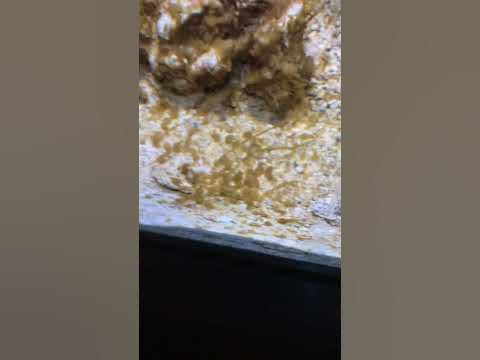Im always searching for something sleepydoc that nobody who says that above will provide, hopefully you will
can you link where that mechanism above has ever been written about in a cycling article, book or blog specifically for marine aquariums, exclude info for freshwater.
because with that action MSteven1 did, placed alongside stall risk videos from Dr. Tim above and the fact all known cycle training says if you don’t feed things stall and die, for the love of Pete Id like to see where the training we are given says it’s possible prior to MStevens post
as of yesterday we did five pages of battle in the chemistry forum with all top chemists claiming self cycling will specifically not work, for pages they railed against my claims. Wasn’t near as accepted as it was here
any video will do, or magazine post, or even any thread from the entire internet, let’s see the commonality in action- where is it listed as a cycling option to not feed, not dose, and still get a cycle in sixty days. Show where someone plotted this out for marine tanks
all the folks who quickly accept a change from stall risk cycling to of course cycles can’t stall, they self acquire all needs, haven’t been able to link me this prior option training so far. I knew it was possible too like you did, and MNFish, I want to see where training manuals that influence buying habits taught it to new reefers and delineated it’s time scale. Cant wait to see where it’s written
can you link where that mechanism above has ever been written about in a cycling article, book or blog specifically for marine aquariums, exclude info for freshwater.
because with that action MSteven1 did, placed alongside stall risk videos from Dr. Tim above and the fact all known cycle training says if you don’t feed things stall and die, for the love of Pete Id like to see where the training we are given says it’s possible prior to MStevens post
as of yesterday we did five pages of battle in the chemistry forum with all top chemists claiming self cycling will specifically not work, for pages they railed against my claims. Wasn’t near as accepted as it was here
any video will do, or magazine post, or even any thread from the entire internet, let’s see the commonality in action- where is it listed as a cycling option to not feed, not dose, and still get a cycle in sixty days. Show where someone plotted this out for marine tanks
all the folks who quickly accept a change from stall risk cycling to of course cycles can’t stall, they self acquire all needs, haven’t been able to link me this prior option training so far. I knew it was possible too like you did, and MNFish, I want to see where training manuals that influence buying habits taught it to new reefers and delineated it’s time scale. Cant wait to see where it’s written
Last edited:




















